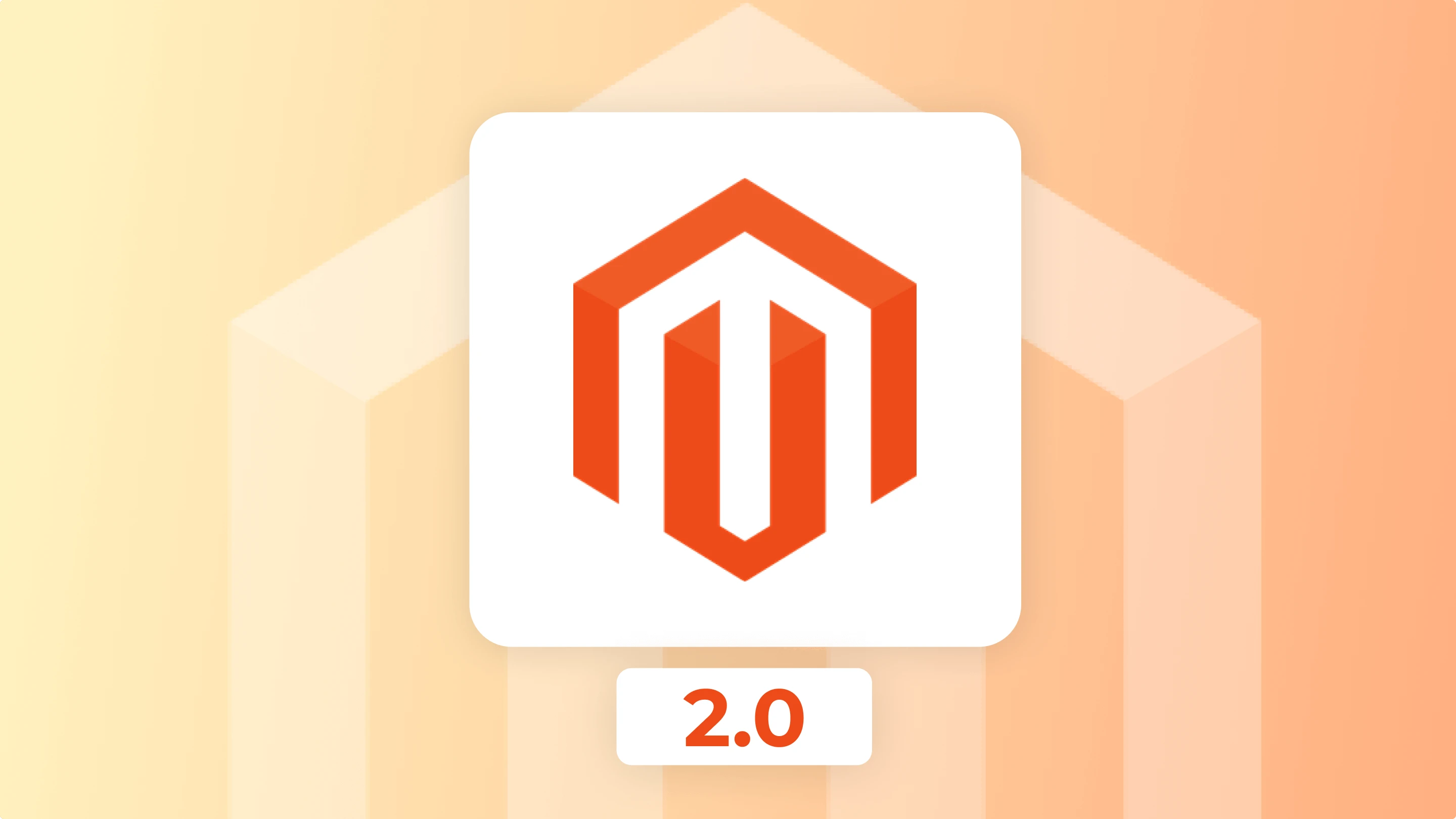Magento Programming – What Language Does Magento Use?
A proven method of building a reliable ecommerce venture is to utilize Adobe's platform Magento 2. Its graphic user interface and modular architecture makes it a good choice for any ecommerce business. Magento is capable to evolve accordingly to the evolution of business needs. To achieve such flexibility, Magento comprises a stack of web technologies. For effective Magento programming is important to know what technologies this platform uses.
Importance of language selection in Magento programming
When it comes to Magento programming, the choice of programming language holds significant importance, as it impacts various development aspects, including but not limited to compatibility, performance, security, scalability, support from the developer community, customization potential, and the platform's ability to cater to diverse international markets.
Magento uses several programming technologies, however, it can be considered a PHP-based platform. PHP was chosen due to its suitability for web development, platform compatibility, developer familiarity, and seamless integration with other web technologies. These factors collectively contribute to ecommerce platform success as a leading e-commerce platform powered by PHP language.

Review of programming languages used in Magento
Magento development drew upon a fusion of freely available software solutions, top-tier development frameworks designed for business use, and cutting-edge programming languages known for their forward-thinking approach. The development odyssey of Adobe's platform is marked by the integration of various foundational technologies, each contributing to its robust expansive feature set.
A linchpin in Magento development is PHP language, a server-side scripting language lauded for its versatility and effectiveness in web development. PHP language Magento uses serves as the backbone for dynamic content generation and intricate server-side operations, facilitating seamless interactions with databases.
Another pivotal component is the PHP-based framework, a powerful tool tailored for PHP-based web applications. Initially, the Magento PHP framework used Zend Framework. However, modern platform's framework set has moved towards becoming more framework agnostic. PHP programming language classes that previously relied on Zend Framework are transferred with other implementations based on PHP itself Laminas framework.
JavaScript emerges as another key player of plaform's technology stack. Javascript is a Magento programming language used for enhancing user engagement and adding more interactivity to the user interface. From enabling interactive elements to facilitating seamless data retrieval through AJAX, JavaScript enhances the user experience within the Magento ecosystem.
Additional key components
The business data is stored in a database. MySQL system lies at the heart of Magento data storage infrastructure. It acts as the repository for product catalog data, customer information, order records. Usage of the database is motivated by the SQL reliability, scalability, and performance.
HTML and CSS form the backbone of plaatform's frontend development, defining the structure and styling of its web pages. HTML delineates the content hierarchy, while CSS governs the visual presentation, layout, and aesthetic appeal of content on the pages.
Additionally, let's keep in mind the importance of the XML (eXtensible Markup Language) for Magento. XML is not typically considered a programming language in the traditional sense. XML Magento code language itself does not include features for executing instructions like programming languages such as PHP or JavaScript. It plays a crucial role in data exchange between different Magento subsystems providing a structured and standardized format. It is responsible for element layout, module configuration, component registration, etc.
For its daily operation, Magento 2 also embraces additional components, including Symfony, Composer, Elasticsearch, Redis, Varnish.
Role of PHP in Magento development
The question "What language does Magento use" can be broadly answered as PHP programming language. PHP serves as the cornerstone of Magento development, empowering developers to build robust and feature-rich e-commerce solutions. Community support makes PHP indispensable in the Magento development language ecosystem.
Advantages and specifics of using PHP in Magento
The integration of PHP language into platform's development expands compatibility, allowing for adaptable deployment strategies across an array of web servers and operating systems. The PHP extensibility provides developers with the ability to customize and enhance Magento functionalities, ensuring alignment with specific business targets.
HTML in Magento
HTML serves as the cornerstone of Magento coding language frontend development, orchestrating the arrangement and presentation of digital content. Through HTML, developers can fashion visually captivating virtual storefronts, adapt themes to embody distinct brand personas, and refine administrative operations to ensure user engagement.
Magento CSS language code
CSS Magento language code is integral to the platform, as it dictates the visual aesthetics and layout of web pages, encompassing both frontend storefronts and backend admin interfaces. By leveraging CSS, developers can finely tailor the appearance of the elements produced by the Magento 2 programming language on the server. CSS ensures compatibility with screen sizes.
JavaScript coding language for Magento
JavaScript is another language from a utilized Magento languages set. It serves as a key enabler of enhanced functionality and user interaction, facilitating real-time content updates, form validation processes, and seamless navigational experiences. Through JavaScript, developers embed dynamic features such as carousel product displays, responsive dropdown menus, and asynchronous data fetching via AJAX calls.
Other technologies in Magento development
Beyond PHP, HTML, and JavaScript, the ecommerce platform integrates an array of additional technologies to bolster its functionality. These encompass MySQL for database administration, XML for configuring parameters, and caching solutions like Redis and Varnish.
Primary programming language of Magento 1 and Magento 2
PHP emerges as the primary programming language underpinning both Magento 1 and Magento 2. In the context of Magento 1, PHP undertakes responsibilities in executing server-side operations, interactions with databases. Similarly, in the realm of Magento 2, PHP remains a core technology.
